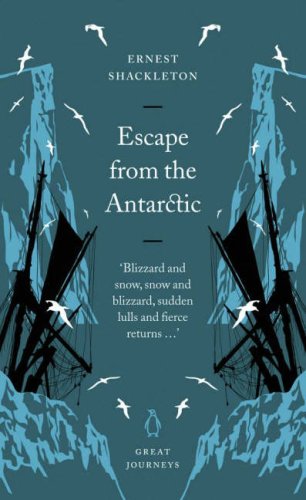Twenty Thousand Leagues Under the Sea
The story is a simple one--three men are captured by a submarine captain, who calls himself Nemo (Latin for "no one"). Lest they tell the world the secrets of his life and technology, Nemo keeps Professor Aronnax and his friends as prisoners aboard the Nautilus, indefinitely. Awed by all the underwater wonders they are shown, the professor and his assistant are not overly troubled by their imprisonment, but the harpooner Ned Land remains determined to escape, sooner or later.
"An underwater tour of the world" is a recurring phrase in this book, and it is totally accurate. There is a lot of info-dumping about oceans and sea life and the submarine, and most of the book reads like a Victorian travel blog. On the other hand, I absolutely admire Verne for writing about things he had never seen and gathering what data he could find, on all manner of topics related to the sea. It takes either great patience or "great genius" to write such a book, and Verne was probably both.
I have written about the characters elsewhere (such as here). By the very end of the book, I felt that they had become much more dimensional. Aronnax and Conseil have nobler feelings and loyalties apart from their love of science, and Ned Land is much more of a hero than he appears to be. Nemo is a character I both despised and pitied. He claims to stand for individualism and liberty, yet he deals out cold-blooded, collective vengeance. His hatred is insecure and not altogether blind; his evil actions are like a disease that kills him slowly.
There is something very profound about tragic endings written by Verne. He was an author who wrote many happy endings to many light adventures, but here in 20,000 Leagues we have an ending almost surreal in its horror. The sequel to the character of Captain Nemo is found in Verne's The Mysterious Island, which I might have to re-read, one of these days.
5 out of 5 stars, particularly for F. P. Walter's excellent (if anachronistic) translation.



Comments
I was awed when I found out that no submarine had been made when he wrote the story. But his idea of how the thing works is actually more or less the same with the actual which is invented later.
He must be one of the best science-fiction writers in his era.